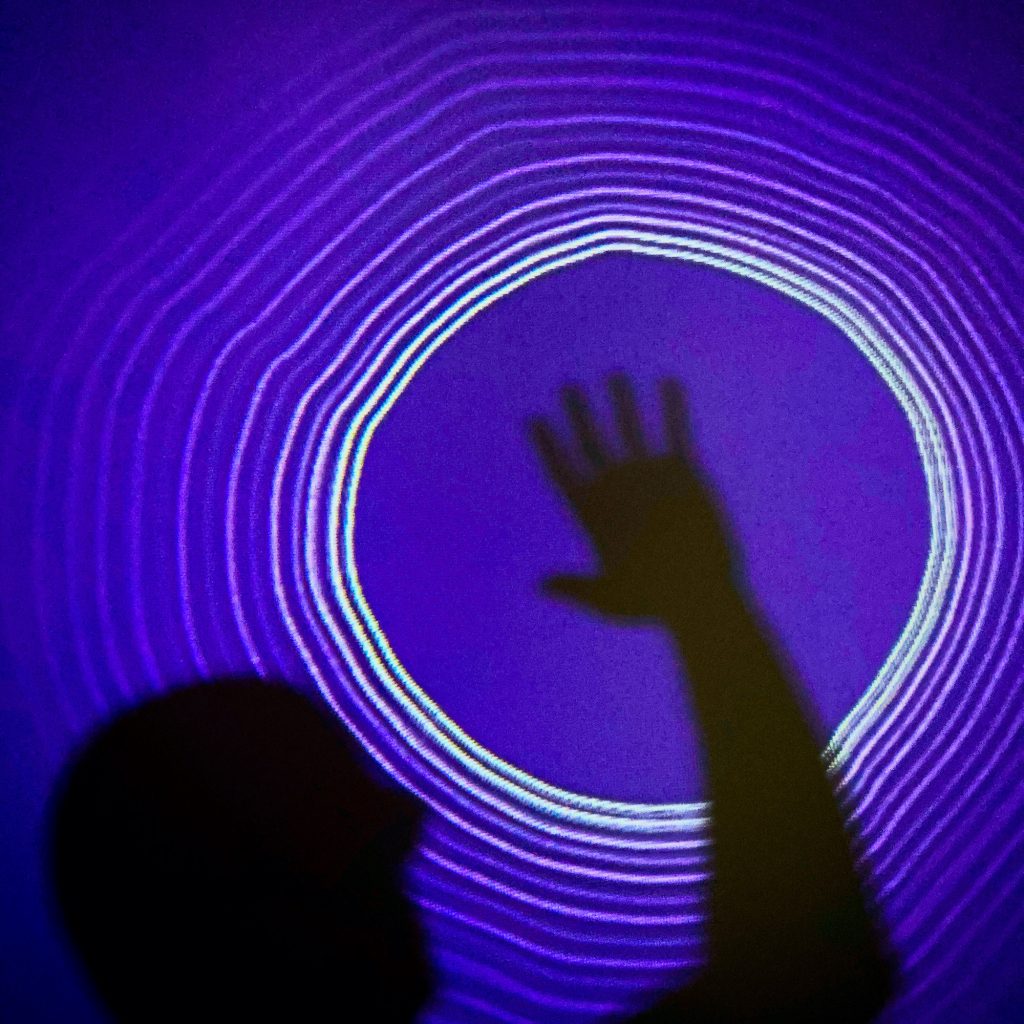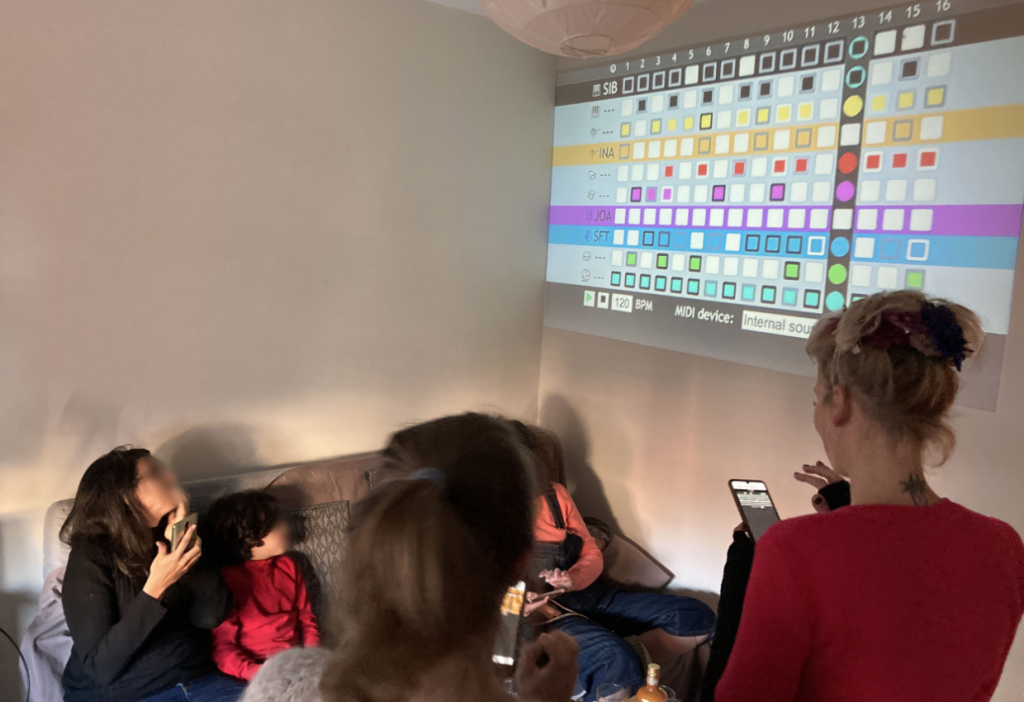
(This post was originally published on Medium)
If you don’t write software for a living but you enjoy piecing together bits of code to create beautiful art pieces or interactive experiences, you are a “creative coder”.
Read more…

(This post was originally published on Medium)
If you don’t write software for a living but you enjoy piecing together bits of code to create beautiful art pieces or interactive experiences, you are a “creative coder”.

Count-Me-In is a fun collaborative music-making tool based on Web technologies. It does not require any software installation as it runs on a browser on your device of choice. It requires a computer (its screen should be visible to all participants) and each participant’s device.
Try it out!

The Empress Zoia is the brain of my pedalboard. However, I was frustrated by not being able to use it to control my Meris Enzo via MIDI, as apparently an extra device (Meris MIDI I/O box) was needed. Meh. No way I am going to pay an extra 100 bucks for that, not to mention waste precious pedalboard space.
Este archivo de excel puede serle de ayuda. El archivo tiene dos hojas, “Datos” e “Imprimir”. Digite los datos indicados en la hoja “Datos”, los valores serán calculados e insertados en la hoja “Imprimir”. Imprima dos copias de esta hoja, las cuales servirán como comprobantes para el empleador y el empleado.
NOTA: Este archivo de excel no es oficial; lo hice siguiendo instrucciones obtenidas de la página web del Ministerio de trabajo [1,2]. Aunque lo hice con mucho cuidado, no garantizo que los cálculos estén correctos. Utilizar este archivo no exime al empleador del deber de informarse usando las fuentes oficiales.
[1] http://www.mintrabajo.gov.co/publicaciones-mintrabajo/669-servicio-domestico-guia-laboral.html
[2] http://www.mintrabajo.gov.co/noviembre-2016/6579-abc-de-la-ley-1788.html
One of the papers from the Human Media Lab accepted to the ACM Symposium on User Interface Software and Technology Symposium (UIST 2016) in Japan, describes HoloFlex, a light-field-enables flexible smartphone. HoloFlex sends different light rays to multiple angles, allowing the device to display stereoscopic and motion-parallax-enabled 3D imagery. Additionally, bend sensors offer new ways to interact with 3D content: instead of mapping X and Y drag gestures to the Z axis, bend provides a natural way to move objects perpendicularly to the screen surface.
Read more…
Close to finish my postdoctoral fellowship at the Human Media Lab, two of our papers were accepted at the ACM Symposium on User Interface Software and Technology Symposium (UIST 2016) in Japan. One of them is a demo called WhammyPhone, a prototype illustrating the possible applications of flexible smartphone technology for software synthesizer control.
Read more…
Last week I had the pleasure to visit the ICESI and Autónoma universities in my hometown, Cali (Colombia).
Read more…
Do humans place too much trust in robots? Harvard researcher Serena Booth ran a study to answer this question. Apparently some people consider small, non-human-shaped robots very trustworthy, specially if they deliver cookies. Please read the link for more details.
(Cartoon commentary is mine.)
I couldn’t find a complete implementation of the five Platonic Solids in Processing, so I decided to put some Processing classes together. You can find them here:
The Five Platonic Solids in Processing
As shown in the image above, the classes have the added possibility of drawing polyhedra vertices with custom radius (an example sketch is included in the GitHub project).
BlueMO allows you to receive data from Adafruit’s Bluefruit boards or RFDuino and translate it into MIDI or OSC. The code is avaliable at GitHub here. (If you are interested in a compiled version, please email me.)
Read more…